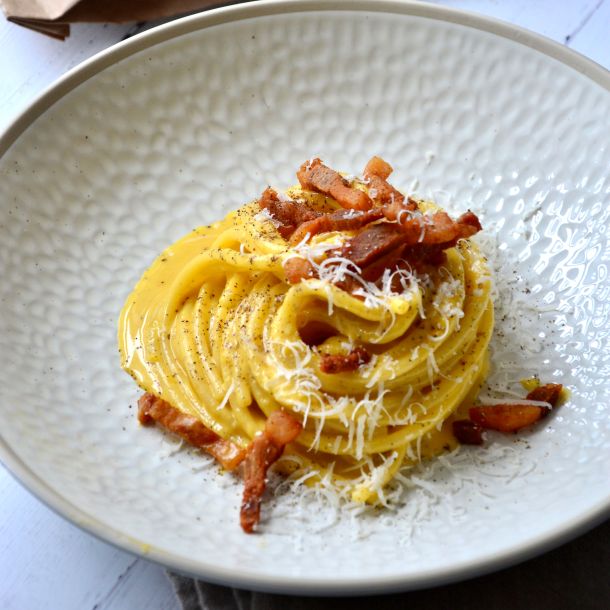Rock the Dukkah

Dukkah from K.L. Keller
One bite and you will be addicted. This devilishly good spice blend finds its origins in Egypt. Nomads would bring this zesty mix with them on their travels. Some say it was a way for them to extend stale bread. They would dip their old flatbread in olive oil and then in dukkah to mask its flavor and texture. Others say this nut-heavy blend was a way to keep protein in their diet. Over the past ten years, dukkah has been popularized down under in Australia and New Zealand. It only recently began gaining popularity in the United States, graduating from a dip to an all-purpose seasoning.
Dukkah is made of a couple basic ingredients: toasted nuts, sesame seeds and a mixture of spices. The type of nuts and spices, however, differs from family to family, or region to region. KL Keller's version combines rich, buttery almonds and hazelnuts with a bevy of spices including smoky cumin and coriander. Her Spicy Dukkah takes it a step further with the addition of a selection of spicy, dried peppers such as Aleppo and cayenne.
The tradition of bread dipped in olive oil and then dukkah is still one of the most popular ways to serve this blend, however, Dukkah is so much more versatile than just being used for dipping. Use it to season eggs, soups, salads and even popcorn. Or, use it as a flavor base in spice rubs or breading for meats. Try a Winter Panzanella (recipe follows), inspired by Moroccan tagine, studded with dukkah dusted croutons and butternut squash, dressed in a tangy preserved lemon vinaigrette. The warmth of the cumin and coriander pair beautifully with the sweetness of the squash and the briny preserved lemon in this hearty salad.
Rock the Dukkah - Order a Duet for $12, Single for $6.50
Salt Preserved Meyer Lemons from Robert Lambert
A California twist on the Moroccan specialty from award-winning author and chef Robert Lambert. The fruits for this fantastic condiment are born under the California sun - the sweet and tart Meyer lemons are abundant in the Bay Area, but hardly seen outside of our borders.
Traditionally, preserved lemons are used in tagines, a stew of lamb or chicken cooked in a vessel of the same name. We think these produce a fantastic twist on the traditional tagine, but we've really taken to using them raw. After rinsing, stir a bit of finely diced Meyer lemon into hummus or baba ganoush. You can throw them into salad dressings, homemade olive mixes, compound butters or stuff a fish with herbs and the preserved lemons.
Taste a piece of California - Try Robert Lambert's Preserved Lemons
Winter Panzanella with Dukkah Croutons
Ingredients:
- Half a baguette or other good bread, cut into _-inch cubes
- 3 tbsp. extra virgin olive oil
- 3 tbsp. Dukkah from KL Keller
- 2 tbsp. lemon juice
- 2 tsp. honey
- 2 tsp. preserved lemon, rinsed and finely chopped (optional)
- 1/2 cup extra virgin olive oil
- 1 cup butternut squash, cut into 1-inch cubes and roasted
- 11/2 cups baby spinach leaves
- 4 oz. crumbled feta
- 3 tbsp. fresh mint, chopped
Directions:
Preheat oven to 400 degrees.
In a large bowl, toss the cubes of bread with the olive oil until cubes are evenly coated. Spread on a baking sheet in one layer. Sprinkle generously with dukkah. Place in oven and bake for 10 minutes. The bread should be golden and crunchy on the outside, but still retain a tender core.
Meanwhile, in a large serving bowl, whisk lemon juice, honey and preserved lemon together until honey is dissolved. Slowly drizzle in olive oil, whisking continuously until the dressing is emulsified. Add croutons and remaining ingredients to the serving bowl tossing to coat everything with the vinaigrette. Let panzanella sit for 10 minutes before serving. Serves 4.


